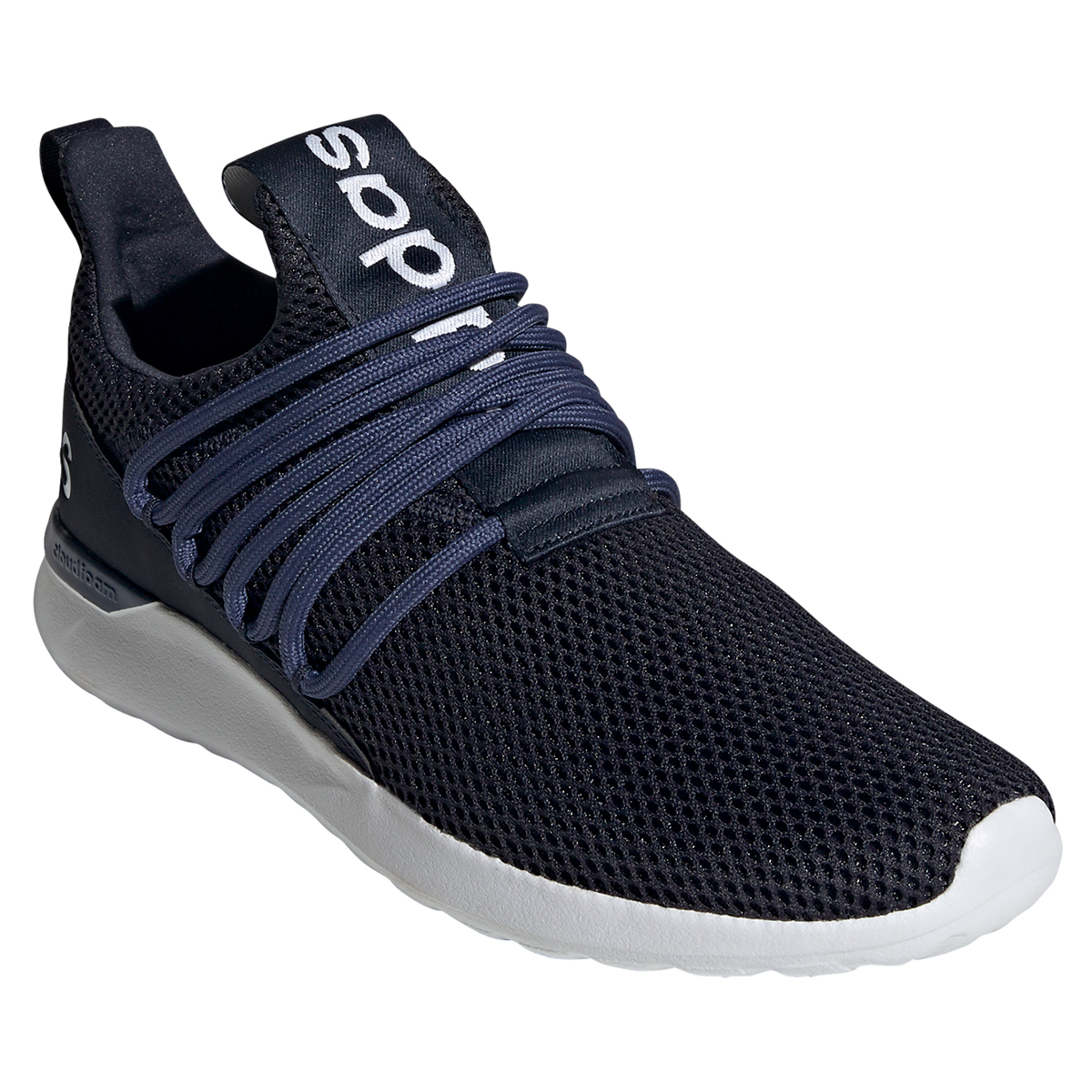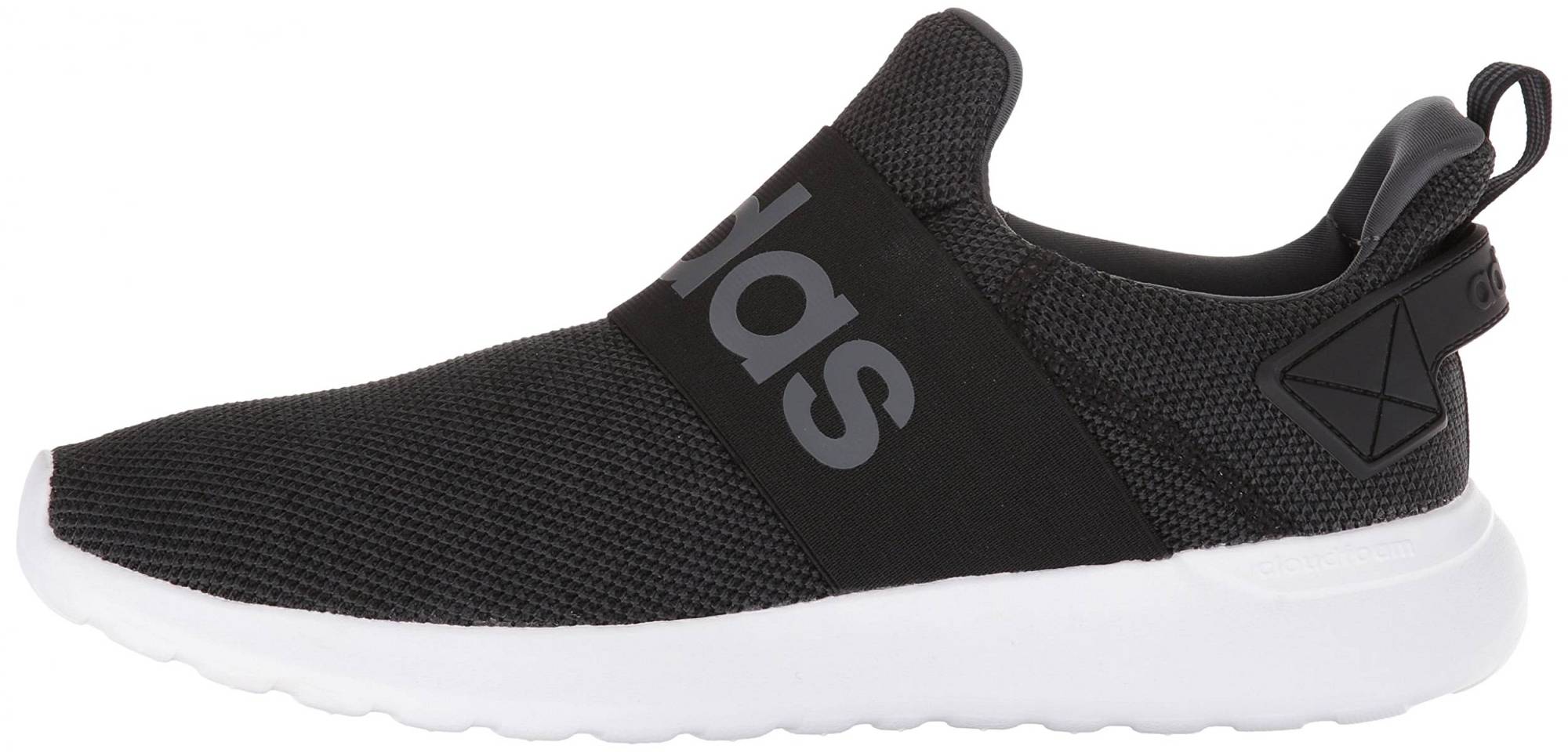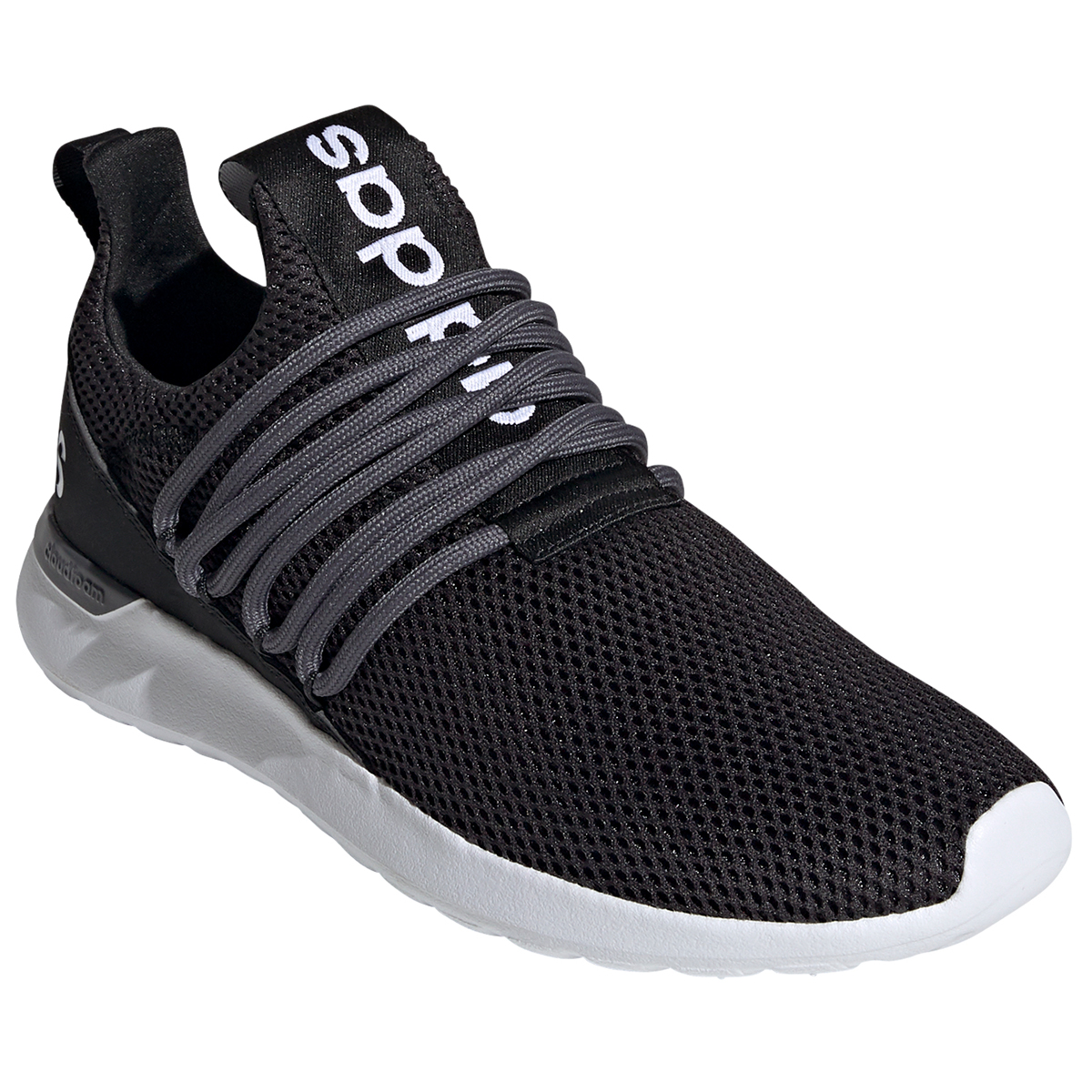

Wentz also notes that determining the right running shoes can be as easy as looking at the soles of your favorite sneakers. Many reputable sporting goods stores offer such service, with some even taking analysis into the digital realm with 3D foot scanners. If you’re new to running, or just want a running shoe that’s intune with your step, the best way to confidently determine which running shoe is right for you is with a gait analysis. “Even if it’s a new runner who’s not doing specific workouts, they’re just running to run every day,” Wentz says, “They could have the same exact pair of shoes but just two different pairs.” How Do I Know Which Running Shoe Is Right for Me? To keep your kicks in tip-top shape for months to come, consider training in different shoes for different workouts. According to Wentz, the cushioning foam in a shoe’s sole takes at least 24 hours to return to its proper stack height, and constantly trudging along can wear out this foam, leading to discomfort and a drop in performance. It can also be good practice to rotate your running shoes. Consider 400 miles a ballpark figure - that's five months of running 20 miles a week.

A few brands will list a shoe's predicted mileage on its product page, but most don't. If you’re more distance-focused than time-focused, you can also view your running shoes’ lifespan in miles. You wouldn’t drive on tires that aren’t up to speed, so why would you run with shoes that are past their expiration date, too? The rubber can break down and dry rot over time, regardless of how many miles you’ve driven on them. So, I think that’s something that I try to make sure people understand that even if you’re not running a ton of miles, you should consider getting a new pair of shoes every six to eight months.”Ī good comparison to this notion would be to look at your car’s tires. The cushion, the foam, is already deteriorating. “Even if it’s a pair of shoes that you’ve only run in a couple of times, but you’ve owned them five years. This is due to the fact that the materials in the sole can start to break down over time, regardless of use. “An orthopedic specialist I work with told me that shoes expire every eight months,” Wentz says.

Wentz states, however, that it’s important to realize that running shoes do, in fact, have a lifespan, and it may be shorter than you think. The lifespan of running shoes varies and can be greatly impacted by how many miles you’re running in them. When Should You Buy a New Pair of Running Shoes? If your jogging is more on the adventurous side, look for trail running shoes that feature deeper, more durable lugs that provide grip through the mud and muck.

Road-specific running shoes can offer great traction on paved surfaces or treadmills, but might not be cut out for trail running. Lastly, pay attention to your outsole and tread, depending on how you intend to run. Even the lowest drop Nikes don’t fold like that, so you shouldn’t be running in shoes that are that flimsy.” So, if it can actually fold, then there’s not enough support. Director of Physical Therapy and Road Runners Club of America Level I and II Certified Running Coach Lauren Wentz says, “I always tell my patients first, you take the shoe, you should not be able to fold it in half. You should also pay attention to your shoes’ midsole. There’s no sense investing in a quality pair of runners if you’re going to tear them up after only a few miles. While your running shoes should cater to your desired discipline, there are a handful of features to be mindful of regardless of whether you take your miles slow and steady, fast-paced or off the beaten path.įor starters, you should look for an upper that’s breathable enough for a comfortable, cool ride that still has some durability to it.


 0 kommentar(er)
0 kommentar(er)
